From Concept to Creation
The process of designing and making the new Teepee
Step 1
Innovative Design of Hexagonal Teepee Tent Material and Spacegonal Teepee
Objective: Develop an innovative hexagonal teepee tent design to optimize material usage and internal space.
Process: Redesign the traditional central pole structure to a side-pole mechanism, ensuring efficient use of internal space while minimizing material waste.
Outcome: A lightweight, spacious design that eliminates central obstructions.
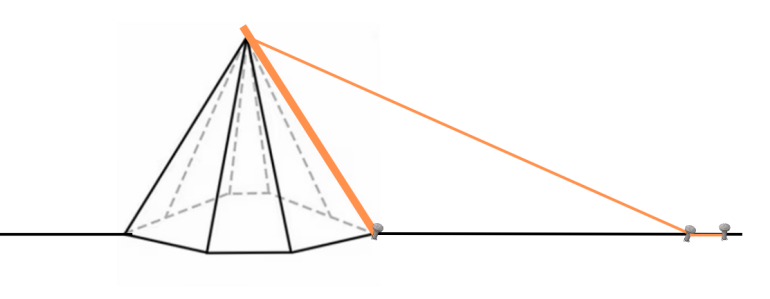
Step 2
Calculate and cut the fabric of the hexagonal Teepee
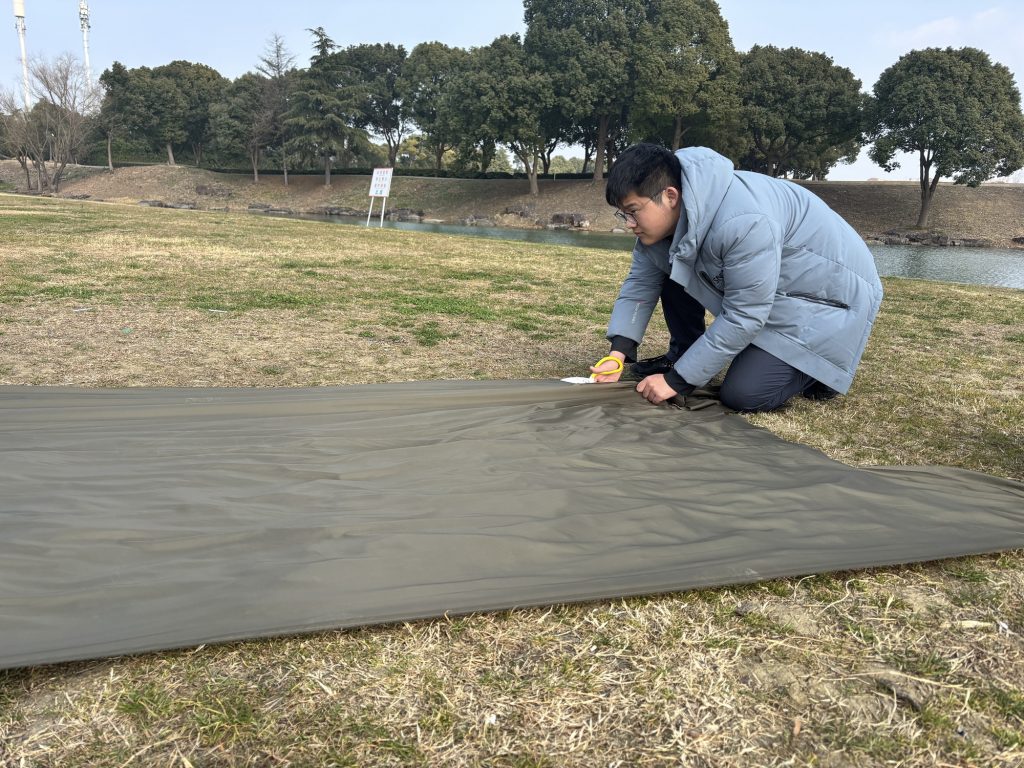
Step 3
Hexagonal Teepee Setup
Objective: Assess the structural stability of the redesigned hexagonal teepee tent.
Method: Perform wind resistance and weight distribution tests under simulated extreme weather conditions.
Outcome: Verified structural and Teepee stands very steadily
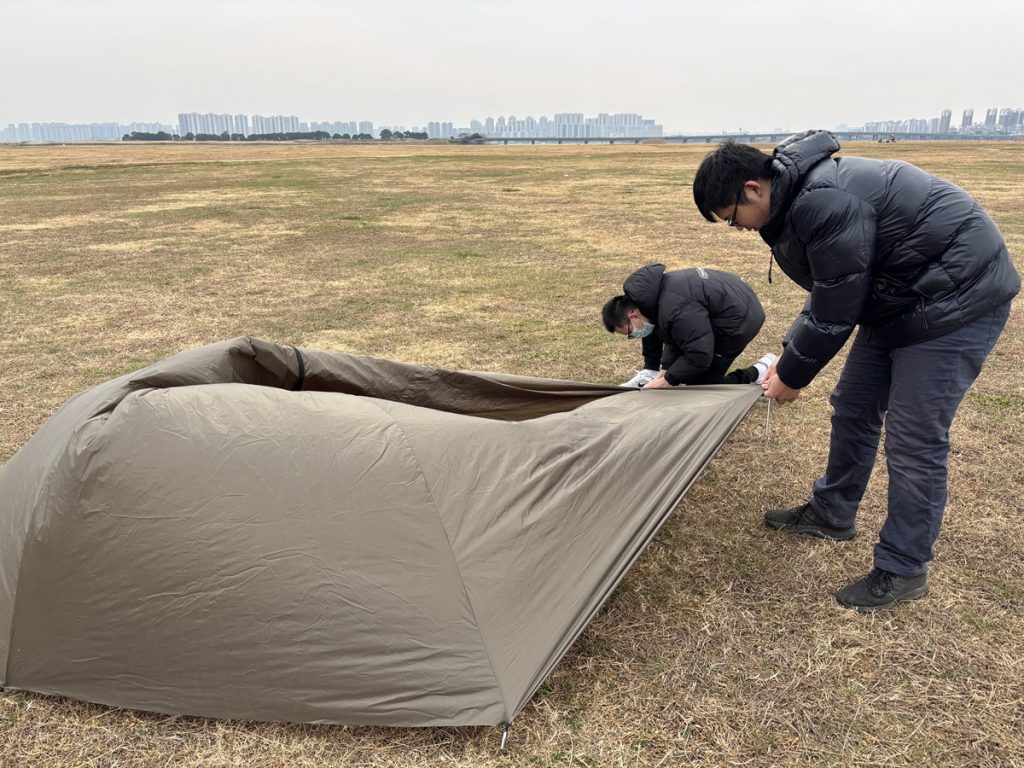
Step 4
Load-Bearing Capacity Testing
Objective: Ensure the hexagonal tent meets the required load-bearing and force distribution standards.
Method: Apply pressure tests to evaluate the tent’s ability to withstand external forces.
Outcome: Confirmed the design supports the intended load capacity without deformation or collapse.
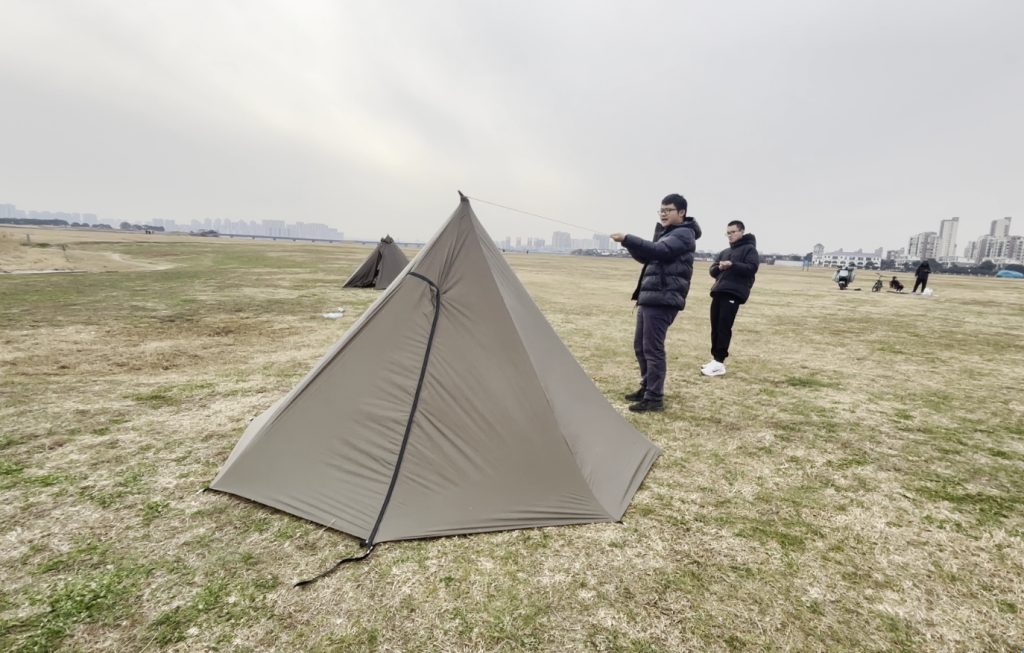
Step 5
Internal Space Evaluation
Objective: Evaluate whether the hexagonal tent meets design specifications for internal space and usability.
Method: Measure internal dimensions and conduct user experience tests to assess comfort and utility.
Outcome: The hexagonal tent achieved optimal space efficiency, addressing prior design flaws.
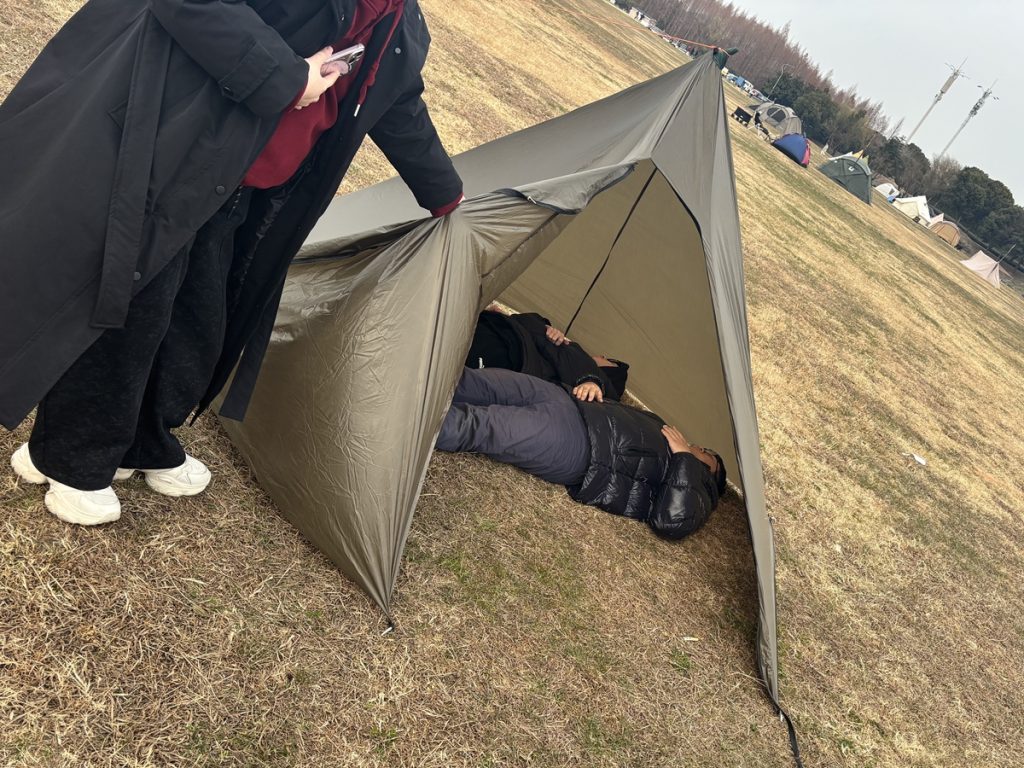
STEP 6
Transition to Octagonal Teepee Tent Stability Testing
Objective: Extend the successful design principles of the hexagonal tent to an octagonal model.
Method: Conduct structural tests on the octagonal tent to evaluate its stability under similar conditions.
Outcome: Initial results demonstrate promising stability, paving the way for additional refinements.
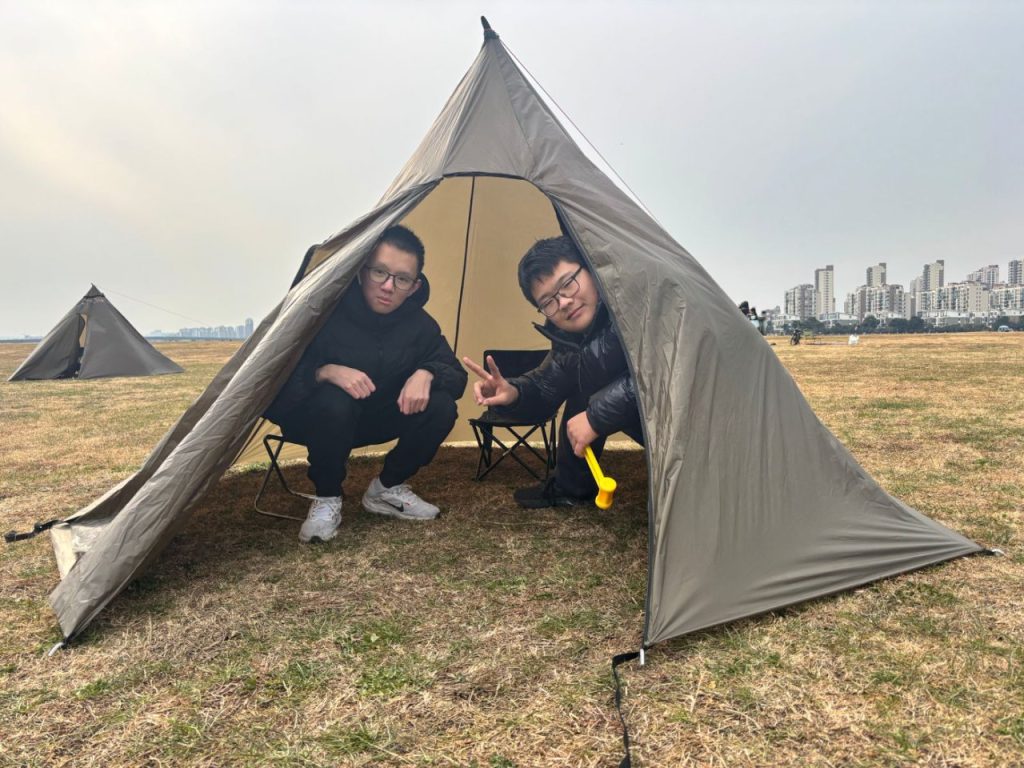
STEP 7
Add the One-way See Through Fabric
Objective:Add one-way see through fabric near the teepee’s apex. Test its external visibility without compromising interior privacy.
Method: Cut off the original fabric of Teepee and replace it with one-way perspective fabric with calculated area
Outcome: One-way perspective function is realized
We welcomed our first customers, two naughty sisters. They were excited to use our tower tent as their secret base, where they could secretly observe us
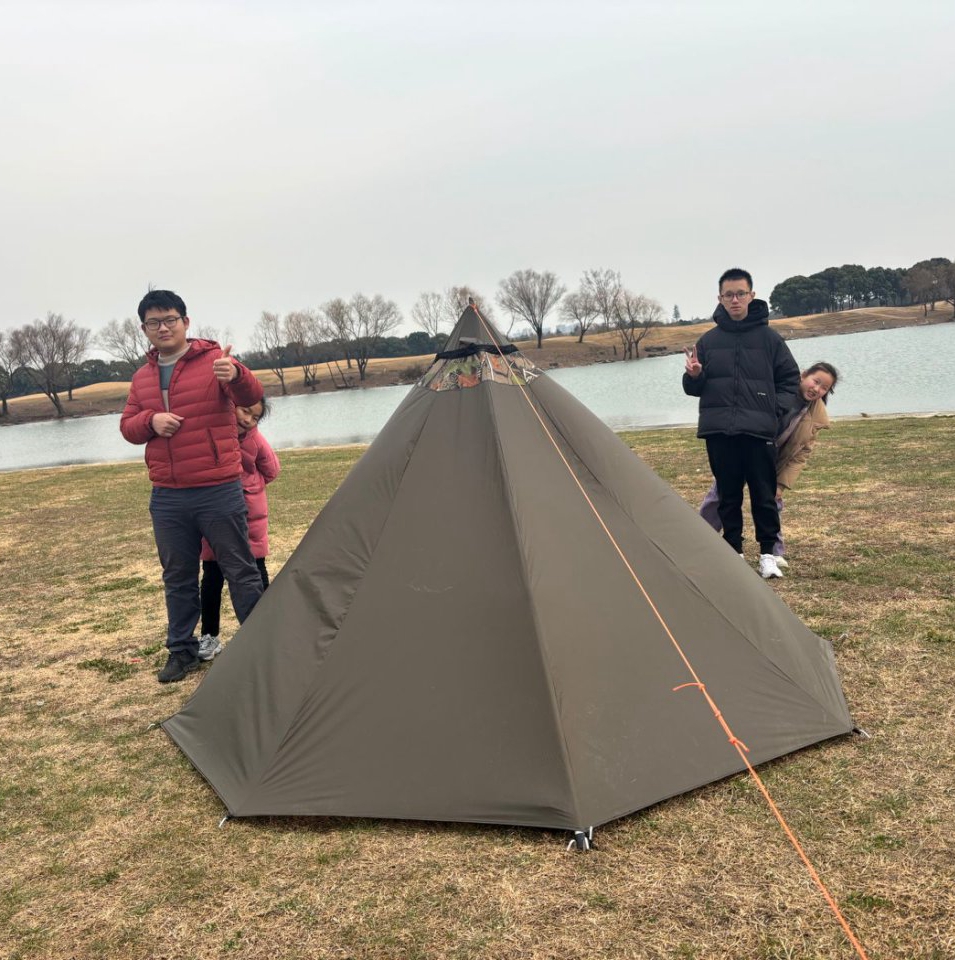
STEP 8
Calculate and draw the Rain Shelter fabric structure
Successfully initiated our new product development project, setting the stage for innovation and growth.
STEP 9
Project Launch
Because one-way perspective fabrics are not waterproof, we should consider adding a rain shield at this location
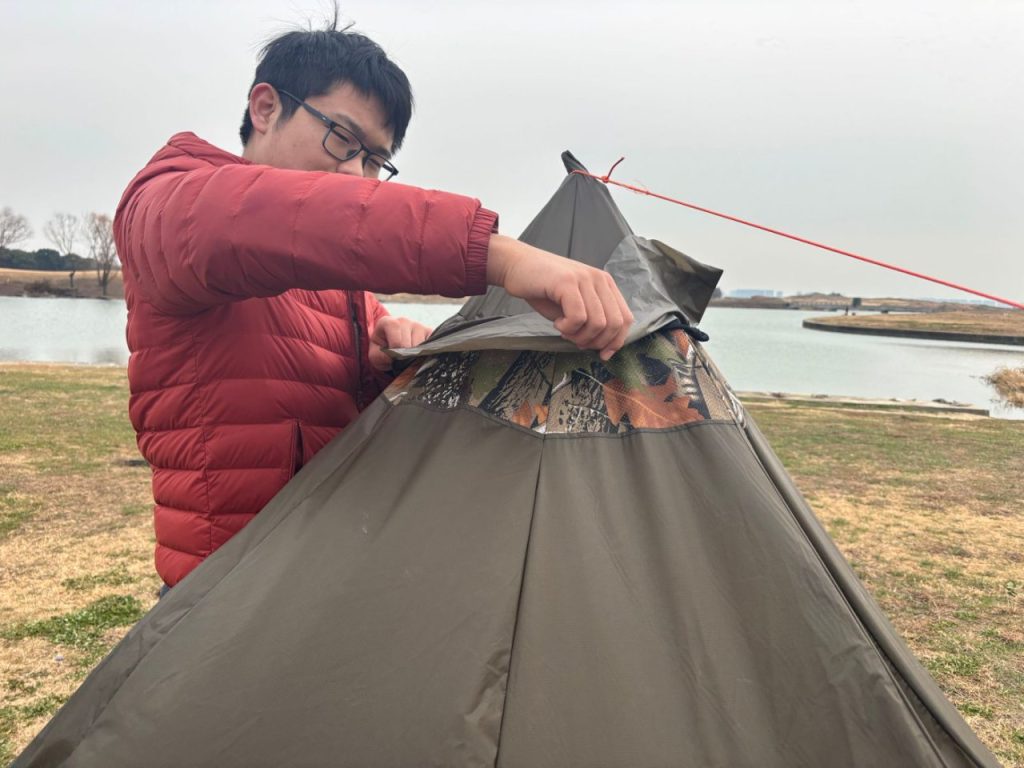
STEP 10
Testing Ventilation and Air Permeability of One-Way See-Through Fabric
Objective: Assess the ventilation and air permeability of one-way see-through fabric to minimize condensation inside the tent.
Method: Light a fire inside the tent at night and observe the smoke emission points to evaluate fabric performance.
Result: Thick smoke exited through the one-way see-through fabric, with no smoke escaping from other areas of the teepee.
Design Improvements and Inspirations
Convenience and Sustainability Enhancements
Relocating the central pole to the tent’s side improved interior space efficiency and usability.
Material selection focused on lightweight and durable options to reduce the tent’s overall weight.
Safety Features
Enhanced pole anchoring techniques and reinforced fabric material ensure maximum stability and durability in harsh conditions.
Inspirations
Adapted principles from architectural glass and transportation materials, utilizing one-way vision films for multifunctional tent layers.